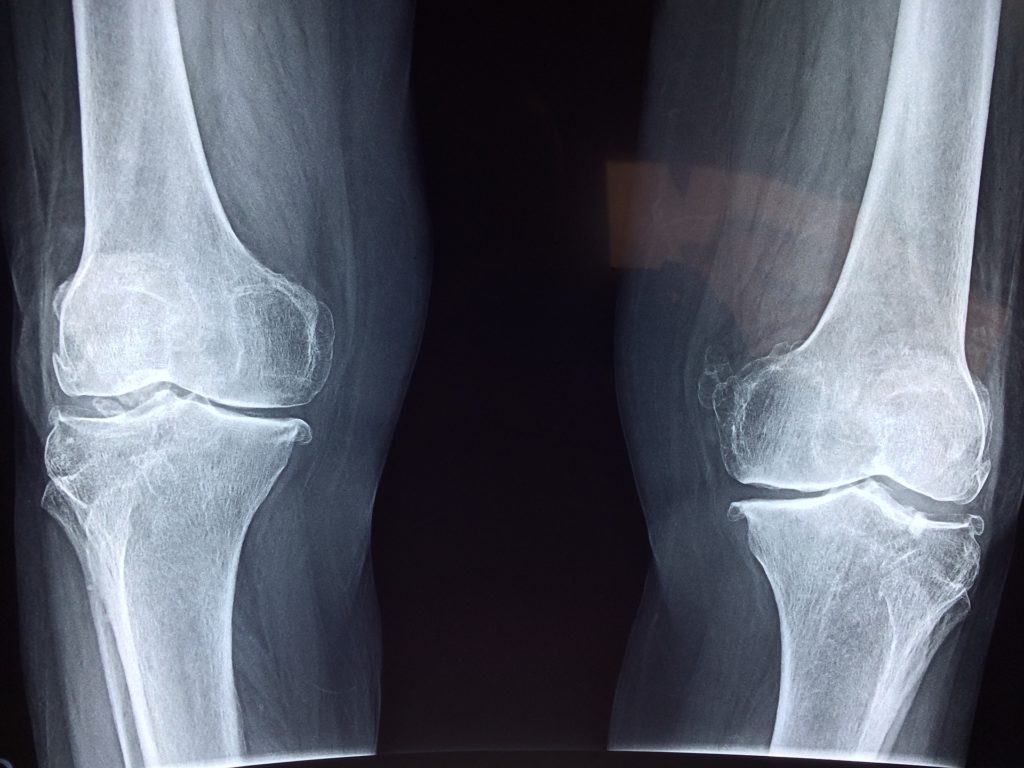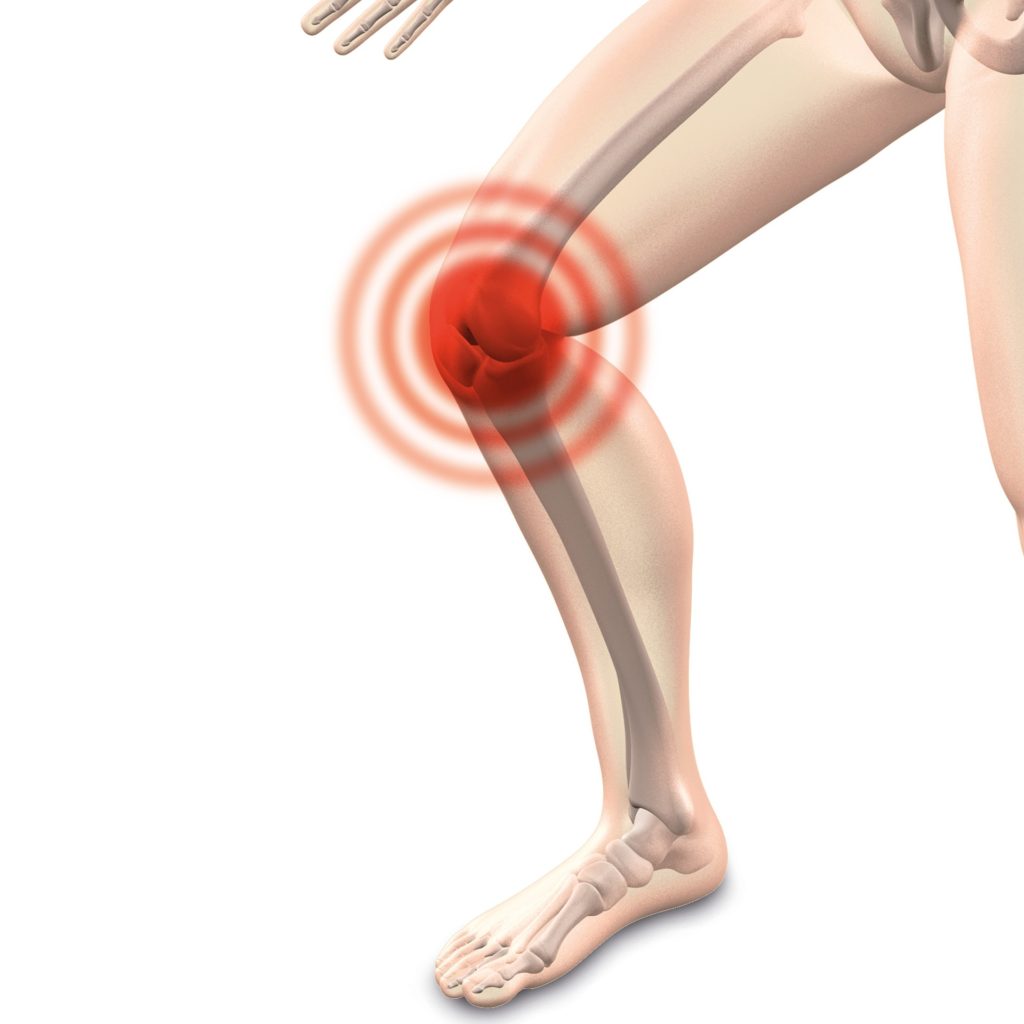Knee Osteoarthritis
Knee osteoarthritis (OA) is a condition where the cartilage between the ends of the bones that make up the knee wear down causing the classic symptoms of morning stiffness and pain. Many people also experience a cracking or crunching feeling during normal range of motion of the joint.
While osteoarthritis is non-reversible many studies have shown that physical therapy to help strengthen the muscles and restore the normal range of motion can significantly reduce pain and restore function.
Home exercises
Physical therapy for knee arthritis can be very effective and you can do many exercises at home! Depending on the findings from an evaluation, you may be prescribed a home exercise program that involves the following:
Improving range of motion of flexion and extension with exercises like:
- Heel slides for knee flexion and extension
- Stationary bike training
Flexibility exercises including:
- Calf stretching
- Hamstring stretching
- Quadriceps stretching
Strengthening exercises including:
- Quadriceps set with a focus on extension
- Straight leg raises
- Terminal knee extension with a theraband
- Bridging
Please speak with your physical therapist before initiating these exercises on your own!
Clinic exercises
As your specific impairments are discovered during an evaluation we form a customized treatment plan for you. This might include some of the exercises listed above or others that are more specific for your case.
We use a variety of treatment methods including manual therapy which has been shown to greatly improve outcomes for knee osteoarthritis. When you are in the clinic we help teach you how to perform each exercise and make sure you are activating the appropriate muscles as you perform them. In addition, joint preservation techniques including avoiding deep squats, and kneeling are reviewed and reinforced. As you progress through your rehab the exercises become more functional so that you can return to your daily routine with minimal pain.
If you have any questions about how to start an exercise routine for your knee or if you would like more information about your specific condition you can call, email or fill out the form below.


